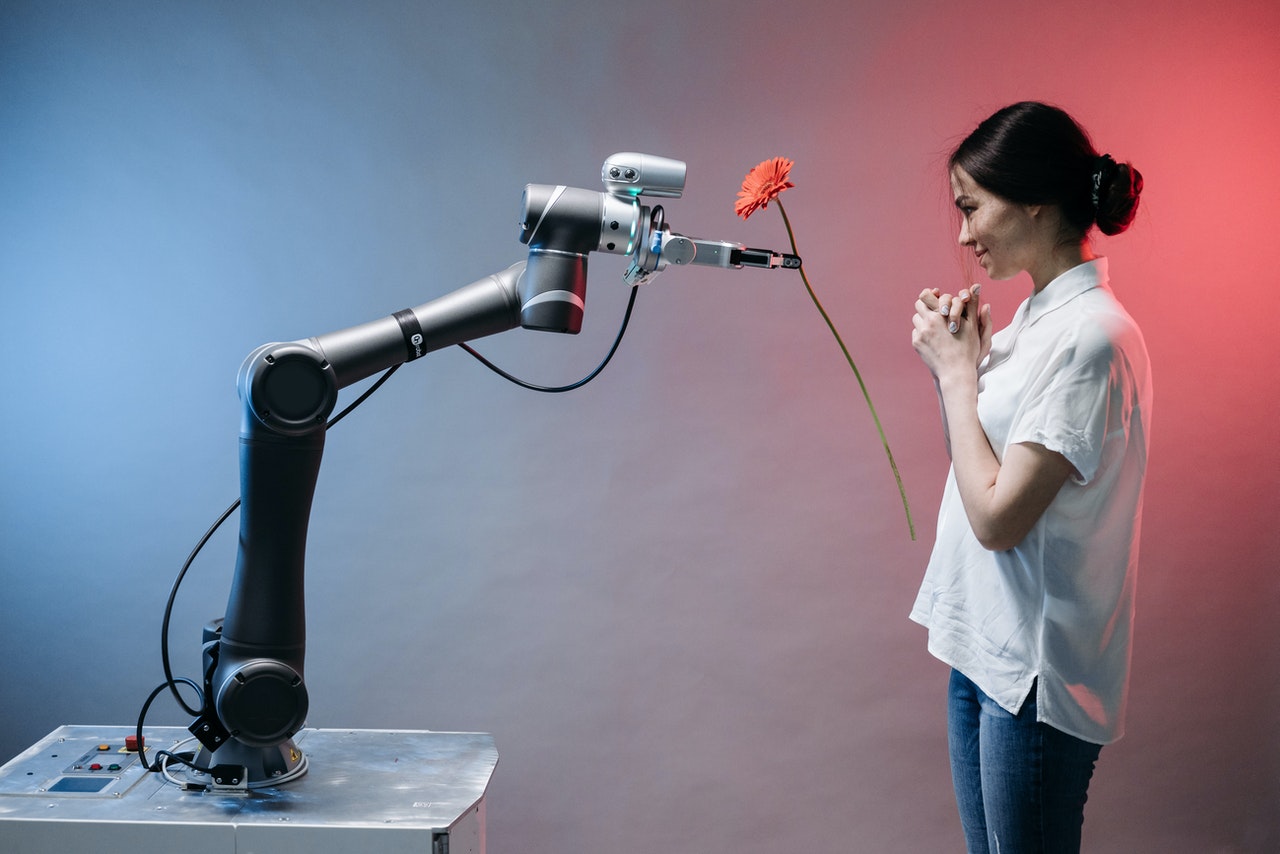Trends in technology are constantly shifting. Here are some of the most popular trends that are capturing everyone’s attention.
1. The Metaverse Trend
During Facebook Connect in October 2021, Facebook announced a name change to Meta, reflecting its ambitions outside the social network. Meta, derived from the metaverse or super universe, represents the idea of working and playing in the virtual world.
The metaverse storm that has been brewing since mid-2020 is here thanks to Facebook’s movement. IT players from Facebook to Microsoft have been in awe of this virtual world and its potential for their businesses. This potential ranges from commerce to entertainment and beyond.
So, what is the metaverse, exactly? The Metaverse is a virtual environment that combines the Internet with AR tools to give users more realistic experiences. Some describe the metaverse as an alternate universe that coexists with the real world.
In this virtual world, there are no limits to innovation and inventiveness. If you have trouble visualizing the Metaverse, you can watch the film “Ready Player One.” This can give you a sense of how it works.
2. Trend in Data Privacy Regulations
Data ownership has become a corporate necessity during the last decade. Google, Facebook (Meta), Amazon, and Apple, among others, have reaped significant benefits from possessing a large amount of customer data. Within the tech business, whether among SMEs or giants, competition for access to consumer data has become fierce.
While the increase in production and collection of consumer data brings innovation, it also creates security concerns. In addition, it sparks a wave of consumer privacy legislation.
3. Microservices and Cloud-native Platforms
Cloud-native platforms are software platforms that enable you to create new, more resilient, elastic, and agile application architectures. At the same time, they help you in adapting to rapid digital change. Microservices on cloud platforms, for example, will be put into containers and run on cloud computing infrastructure.
A microservice architecture design is a set of loosely connected services working together. Each service has its own functionality. A container-orchestration system manages these reusable, durable, and scalable functionality models.
Using cloud-native architecture in developing and operating an app means it’s compatible with a range of platforms and providers. This benefit provides your firm with all of the freedom it needs, as well as a larger pool of resources.
Furthermore, by following the principles of cloud-native design when developing an app, developers can focus on improving the user experience. In addition, they can add new features without having to worry about downtime or availability.
4. Mergers and Acquisitions Brought on by Labor Shortages in the Tech Industry
Since 2020, the tech labor shortage has become a hot topic in many firm leaders’ meetings. According to recent research, personnel issues are the top concern for roughly 57 percent of IT leaders.
In addition, many C-level executives have brought mergers and acquisitions to the table, among other solutions to the IT shortage. This move is helping drive up the number of M&A agreements throughout the IT and business services industries.
5. AI Research and Development
Artificial Intelligence engineering is another of the trends in technology we must not overlook. AI systems are comprised of hardware, procedures, data, software, and knowledge. These are used to create computers that can simulate, model, or imitate the functioning of the human brain.
Furthermore, they must be able to perform tasks like communicating, reasoning, and producing.
AI has risen to become one of the hottest trends in any technology summit or conference since its inception. AI is also finding its way into production and everyday life. Artificial intelligence is a very promising topic with a variety of applications, including:
- Robots are programmed to imitate human actions and movements.
- Vision Systems are hardware and software that gather, store, and analyze images.
- Natural Language Processing is a method for computers to interpret and respond to natural language commands.
- Learning Systems are methods for teaching computers to learn from input data. They can then adjust functions and react to situations based on the responses they get and take appropriate actions.
- Neural Networks are computer systems that mimic the functions of the human brain.
- Expert Systems are systems that solve problems by combining knowledge and inference methods. An expert system will examine large amounts of known data and make decisions based on it.
One of the most well-known applications of Artificial Intelligence is generative AI. This is a machine learning algorithm that learns from data and uses that knowledge to create entirely unique, realistic creations. Generative AI is used for a variety of things, including assisting with drug research, writing software, and targeted marketing.
Image Credit: Pavel Danilyuk; Pexels; Thank you!













